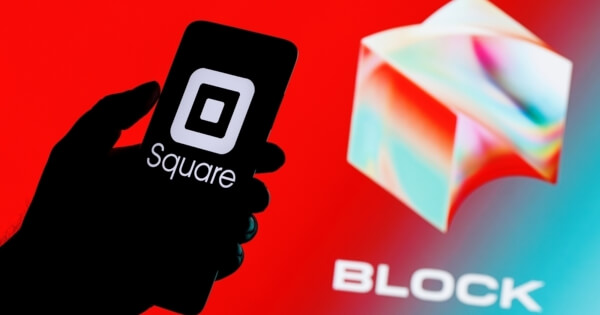
Because to the introduction of the nonfungible tokens (NFTs) protocol Ordinals in January 2023, the average size of a Bitcoin block has surpassed 2.5 megabytes (MB) for the first time since the cryptocurrency’s foundation in 2009. This marks a new all-time high for the cryptocurrency.
According to statistics obtained from Blockchain.com, the size of Bitcoin blocks increased by more than 2 MB in the weeks after the debut of the Ordinals Protocol. This surge in block size can be traced back to the beginning of February 2023.
Software developer Casey Rodarmor introduced the Ordinals protocol in the month of January. This protocol makes it possible for users of the Bitcoin network to create “digital artifacts.” These may include JPEG photographs, PDF documents, as well as audio and video files.
In the documentation for Ordinals, Rodarmor explains that each of these digital objects may be inscribed to a single satoshi, which is one of the component parts of a Bitcoin. The value of one bitcoin is equal to 100,000,000 satoshis.
Individual satoshis have the ability to be imprinted with any kind of data, allowing for the creation of one-of-a-kind digital artifacts that are original to Bitcoin. These artifacts may be stored in bitcoin wallets and moved via bitcoin transactions. The permanence, immutability, security, and decentralization of inscriptions are on par with those of Bitcoin itself.
The Bitcoin community is split on the issue of whether or not it should be possible to engrave digital items into the blockchain, and the reasons both for and against the proposal provide plenty of material for reflection. The greater use of block space for the inscription of several Ordinals has emerged as one of the primary topics of discussion.
Since July 2021 and continuing until February 2023, the typical size of a Bitcoin block has ranged between 0.7 and 1.5 megabytes. The average size of a Bitcoin block topped 2 megabytes for the first time on February 5, and it is now hovering at around 2.2 megabytes at the time of this writing.
According to statistics obtained by Glassnode, the introduction of Bitcoin Ordinals has also resulted in the network reaching a new high of 44 million non-zero addresses.
The most recent issue of Glassnode’s newsletter mentions that Ordinals compete for block space demand despite the fact that they have not yet materially influenced network pricing.
The introduction of Ordinals was referred to as a “new and unique point in the history of Bitcoin” by Glassnode. This is because innovation may promote network activity even without the “classical transfer of currency volume for monetary objectives.”
